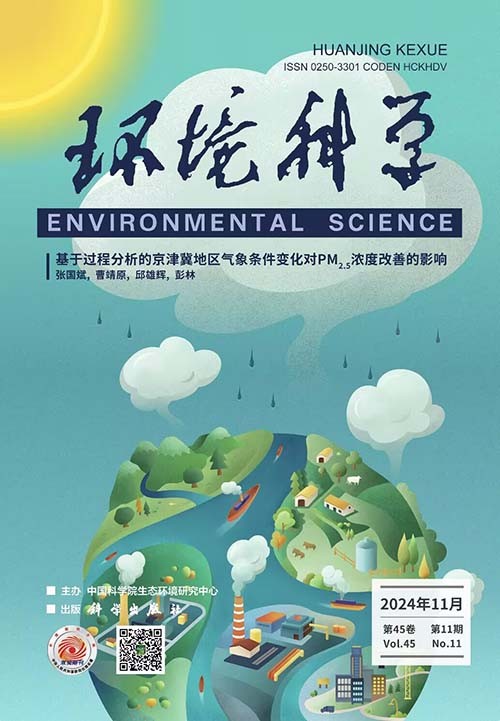[Analysis of Antibiotic Sources and Ecological Risk Assessment in Inland Rivers of Northwest China].
Abstract
Rivers play vital roles as sources and sinks for antibiotics; however, current studies often overlook the antibiotic contamination in northwest China, where water is scarce. Therefore, this study assessed antibiotic contamination in a typical inland river Y and its tributary P in northwest China. We used high-performance liquid chromatography-tandem mass spectrometry (HPLC-MS/MS) to detect the concentrations of 39 antibiotics across five classes. Then, we used the positive matrix factorization (PMF) model to analyze the sources of antibiotics and evaluate the ecological risks. The results indicated that sulfadoxine (SDX) dominated (mean concentration: 3 734.87 ng·L-1) in all samples with a peak of 30 120.38 ng·L-1. Oytetracycline (OXY) and sulfamonomethoxine (SMM) were also detected (17.02-71.32 ng·L-1). The PMF model revealed that antibiotics mainly originated from aquaculture and domestic sewage. Ecological risk assessment showed high ecological risks and antibiotic resistance development potential for SDX at multiple points in Y and P, warranting attention. Additionally, OXY exhibited low ecological risk and moderate resistance development potential, while SMM showed low ecological risk. Other antibiotics temporarily posed no risk to the ecological environment. This study provides a theoretical basis for antibiotic pollution prevention and risk management in the northwest inland region.

 求助内容:
求助内容: 应助结果提醒方式:
应助结果提醒方式:


